By: W. Scott West, MD
Technology continues to advance at a rapid pace across various industries, which closely mirrors the rate of adoption and usage of technological developments. Both businesses and consumers are increasingly utilizing robust technology in everyday life, and the healthcare segment is one such industry that strives to lead the pack when it comes to leveraging advanced technology to improve care.
As medical breakthroughs and methodologies to medical care change, the forward progression remains steadfast. The intersection of technology and medicine promotes discovery and drives improvements in the continuum of care and delivery of patient care. TMS Therapy is one such technology that is tackling depression as an alternative treatment option, offering providers and patients a drug-free path to alleviate this mental health disorder.
Transcranial magnetic stimulation (TMS) is a noninvasive method of indirectly delivering electrical stimulation to the brain. The changing magnetic field generates an electrical field in the brain tissue. Professor Anthony Barker developed the first magnetic stimulator in the mid-1980s. There have been more than 17,100 studies published about TMS since that original paper; the field of TMS is exploding. Initially, single pulses of TMS were delivered by neurosurgeons to map brain function before surgical procedures. Later, when the magnetic stimulators became more advanced, the TMS device could be made to deliver rapidly changing magnetic fields, repetitively, over areas of the brain believed to be responsible and connected to areas of dysfunction in Major Depressive Disorder (MDD).
The first TMS reports showing efficacy in the treatment of MDD were published in the early 1990s. Studies that followed these initial reports focused on determining the appropriate treatment location, parameters, and duration to obtain clinically meaningful outcomes for individuals suffering from MDD who did not respond to other available antidepressant treatments. In 1997, the first placebo-controlled trial of TMS for depression was published by Dr. Mark George; and in 2006, a large double-blind, sham-controlled study was published which led to the FDA clearance of TMS for MDD.
The FDA labeling currently states that TMS is cleared for the treatment of MDD when a patient has failed one adequate trial of antidepressant medication.
The current consensus is that TMS creates an electric field in the brain, which depolarizes pyramidal cortical neurons in the prefrontal cortex, which cause the synaptic transmission to connecting neurons to cause effects in the brain circuitry including the cingulate, amygdala, hippocampus, thalamus and caudate nucleus. The antidepressant mechanism of action of TMS is likely multifactorial as the brain is an electrical-chemical organ; many studies have found multifactorial mechanisms, including but not limited to fronto-cingulate brain circuit activation. Effects experienced after short term and chronic exposure to TMS (repeated TMS applications common in standard treatment) include but are not limited to:
- Changes in blood flow and metabolism at the stimulation site,
- Alteration of monoamine concentrations,
- Beta-receptor, serotonin-receptor modulation,
- Local GABA and glutamate effects,
- Effects on thyroid hormones and HPA axis,
- Evidence of neurogenesis gene induction with BDNF upregulation,
- Plasticity-like actions,
- Increase in grey matter volume and hippocampal volume,
- Changes in connectivity/activity of neural circuitry such as the DLPFC-anterior cingulate cortex, and
- Findings of entrainment between the thalamus and the fronto-cingulate circuits.
The most prominent TMS target area in MDD, the dorsolateral prefrontal cortex (DLPFC) – a vital hub of the frontoparietal network – has been implicated in the regulation of a multitude of processes such as decision-making, working memory, and attention, and this region is hypoactive when clinically depressed. Hypoconnectivity of the frontoparietal network is associated with hyperconnectivity of the default mode network, which may promote negative emotional bias, dysfunctional self-referential processing, and rumination. By stimulating the left DLPFC, high-frequency TMS has been suggested to normalize the functional balance between neural networks, for example, down-regulate connectivity within the default mode network, the left DLPFC and insula, and between the salience network and the hippocampus, which was associated with improvement of depressive symptoms. Response and remission to TMS alone (monotherapy) with a treatment-refractory population has similar efficacy compared to antidepressant medication (monotherapy) in populations receiving medication or psychotherapy as a first-line treatment. Nevertheless, worldwide researchers are focused on increasing response and remission rates for the depressed patient.
Future TMS research should focus on the inter-individual variability of effects and promote the establishment of personalized TMS treatment: tailoring TMS to individualized targets and predictors based on structural or functional connectivity and adjusting TMS protocols to distinct brain states guided by specific neurophysiological markers or using closed-loop protocols.
On the technology and research horizon, individualized TMS treatment may become a compelling case for precision medicine, mainly as novel paradigms could show that TMS involves the respective individual target whether these are circuits, brain states, or both.
Although TMS is an approved and acknowledged treatment for MDD, the clinical field is rapidly evolving, aiming to optimize response and remission rates for MDD patients. New studies are emerging, evaluating new stimulation parameters, and fine-tuning individualized treatment protocols. There is a need for a deeper understanding of its mechanisms of action and there remain substantial unanswered questions such as the stability of the medium to long-term antidepressant effects of this technique, the optimal sequencing between TMS sessions, the combination with other antidepressant treatments, or the possible role of TMS as a cognitive enhancer. The identification of personalized, predictive factors of response also continues to be a crucial issue to refine and improve the TMS therapeutic potential.
It is clear that technology will continue to advance and improve the way we live, work, and, undoubtedly, how we treat illness and sustain healthier lives. TMS Therapy is a proven technology to treat depression at the source, which should be a treatment option on the radar for both providers and patients.


